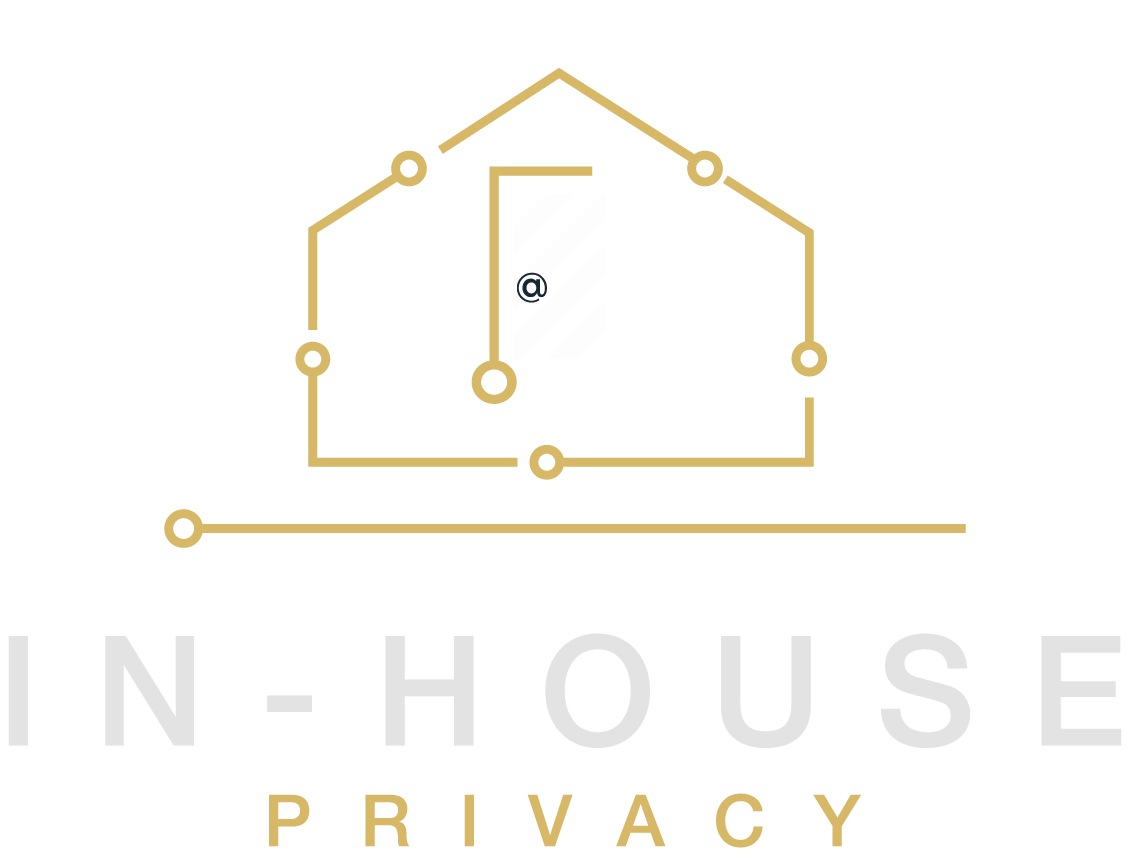Understanding Apple’s AppTrackingTransparency, Part 1: Take the Opportunity to “Date” Your App’s Users Again
As originally posted by LiveRamp in their ‘RampedUp’ blog series.
There’s been a lot of speculation about the replacement of Apple’s iOS Identifier for Advertisers (IDFA) with the AppTrackingTransparency (ATT) changes that are expected to be released any day now. While the ATT has its user experience limitations, the consent request itself should not be seen as a “death-knell” for targeting or attribution. Having spent almost 25 years in the digital privacy space, there are still some important foundational lessons marketers can learn and apply about the role and value of consent in order to improve their approach to ATT.
Lessons from email marketing
One of the marketing industry’s first self-regulatory efforts was a collaboration between email marketers and service providers to secure consent through email subscription forms rather than pursue unsolicited spam and the prospect of onerous regulations. Thanks to leaders like Seth Godin, who popularized permission marketing, email marketers were able to definitively prove that providing context for why they were asking for permission improved the customer experience and increased marketers’ ROI. Here is one of Seth’s most famous quotes:
“A permission marketer goes on a date. If it goes well, the two of them go on another date, and then another … and finally, after three or four months of dating, the permission marketer proposes marriage.”
Relating this concept back to Apple’s ATT consent, app marketers should not think of this consent as a one-time decision — even if Apple restricts the prompt to a one-time use — but rather an evolution of how to best engage with app users.
Take the opportunity to court app users again
A key feature of apps is that the iOS tracking setting can be changed at any time, and there are many channels to communicate with users about tracking, including when acquiring an email address or phone number during a registration, requesting consent for push notifications, or by adding in-app banners or other notices. If asking for the ATT consent seems like offering a marriage proposal, then try “dating” first, with simple in-app communications about why getting consent for tracking is important to the app and informing users how to update their iOS settings. Email is another avenue for this communication.
Another evolutionary lesson from email marketing came in the form of robust preference centers that enabled recipients to change the type of communication, frequency, time, and channel. Today, it’s rare for an email unsubscribe page to not offer preference choice options and a survey of why the customer may no longer wish to receive their communications.
Similarly for apps, users should be presented with clear choices about the types of privacy relationships with their apps and align their tracking settings with other marketing-related preferences such as email, SMS, push notifications, or social sharing. By combining all of these choices into one preference center, and adding a deep link into the iOS tracking settings for that app, the process normalizes this new privacy choice to feel more like a date than a marriage proposal. You don’t get married without a strong level of trust and comfort, and the way one normally gets there is through a series of dates that go well. Think of each communication with your audiences as an opportunity not just to offer choices, but also to build trust and comfort.
The next blog post in this series will revisit lessons learned from websites acquiring cookie consent and how it can best be applied to ATT strategies.
